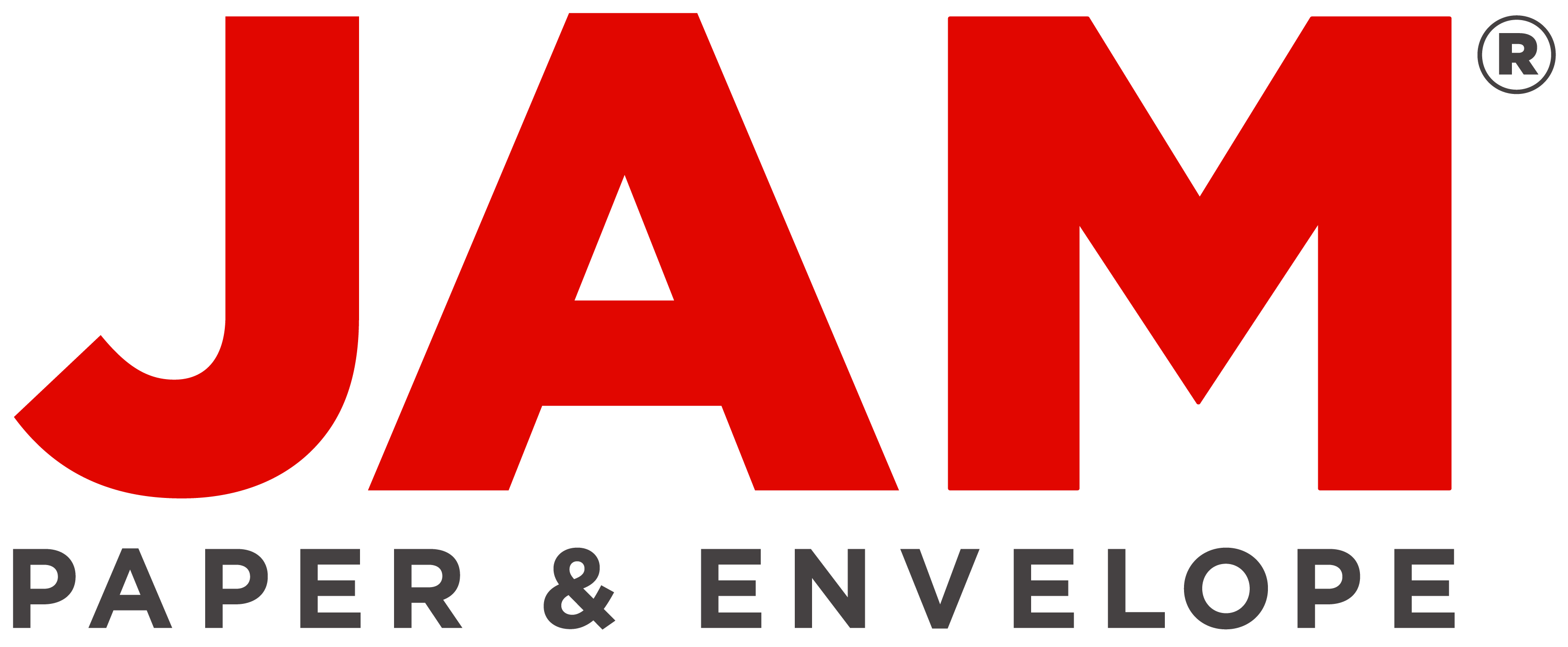Choosing the Best Paper for School
- By JAM Paper
- Jun 13, 2024
Choosing the Best Paper for School
When it comes to selecting the best paper for school, there are several factors to consider. The type of paper you choose can have a significant impact on the quality of your work, as well as your overall experience. One important consideration is the weight and thickness of the paper. Heavier paper is more durable and less likely to tear or wrinkle, making it ideal for projects and presentations. Additionally, the brightness and opacity of the paper can affect the readability of your writing and the quality of printed images. It's also important to consider the environmental impact of the paper, opting for options made from sustainable materials. By carefully considering these factors, you can ensure that you are choosing the best paper for your school needs.
The Benefits of High-Quality Paper
Investing in high-quality paper for school projects and assignments can offer numerous benefits. Firstly, it can enhance the overall appearance of your work, making it more professional and polished. Additionally, high-quality paper is often more durable, reducing the risk of damage or wear over time. This can be particularly important for important documents or long-term projects. Furthermore, using high-quality paper can improve the printing and writing experience, resulting in clearer and more vibrant results. Ultimately, the benefits of using high-quality paper extend beyond just the appearance, contributing to the overall success of your school work.
Use Cases for Different Types of Paper
There are various types of paper available, each with its own unique characteristics and ideal use cases. For example, cardstock is perfect for creating sturdy and professional-looking presentations or posters, while watercolor paper is essential for art projects and painting. On the other hand, standard printer paper is suitable for everyday printing and writing tasks. By understanding the different use cases for various types of paper, you can ensure that you are selecting the most appropriate option for your specific needs.
Exploring Alternatives to Traditional Paper
While traditional paper remains a popular choice for school projects and assignments, there are also alternative options to consider. For instance, digital notebooks and tablets offer a more sustainable and environmentally friendly approach to note-taking and document creation. Additionally, reusable and erasable paper products provide a more eco-friendly alternative to traditional paper, reducing waste and promoting sustainability. Exploring these alternatives can offer new and innovative ways to approach school work while considering the environmental impact.
Tips for Using and Caring for Your Paper
Properly using and caring for your paper can extend its lifespan and ensure the best results. When printing, be sure to adjust the printer settings to match the type of paper being used, such as selecting the appropriate paper weight and size. Additionally, storing paper in a cool, dry place can prevent it from becoming warped or discolored over time. When handling paper, be mindful of any oils or moisture on your hands, as these can leave marks or stains. By following these tips, you can maintain the quality of your paper and achieve the best possible outcomes for your school work.
Conclusion
Choosing the best paper for school is an important decision that can significantly impact the quality and success of your work. By considering factors such as weight, brightness, and environmental impact, you can make an informed choice that meets your specific needs. Additionally, understanding the benefits of high-quality paper, exploring alternative options, and following best practices for use and care can further enhance your school experience. Ultimately, the right paper can make a difference in the presentation, durability, and overall effectiveness of your school projects and assignments.
















